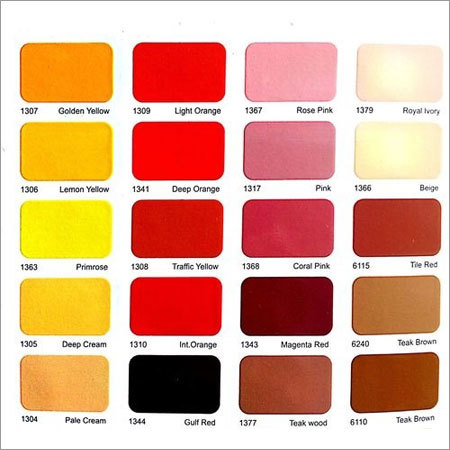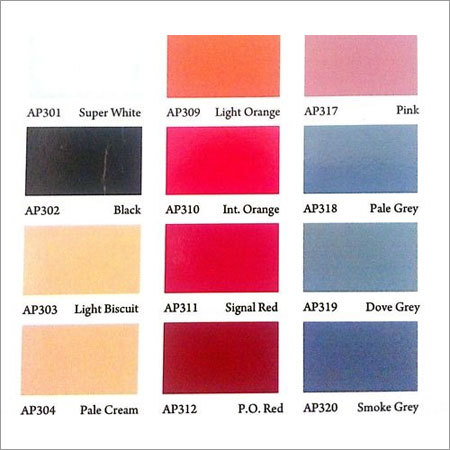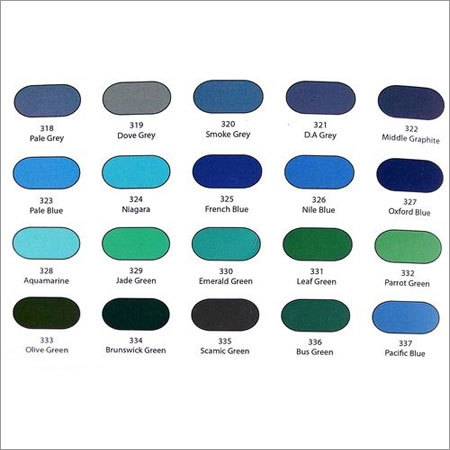
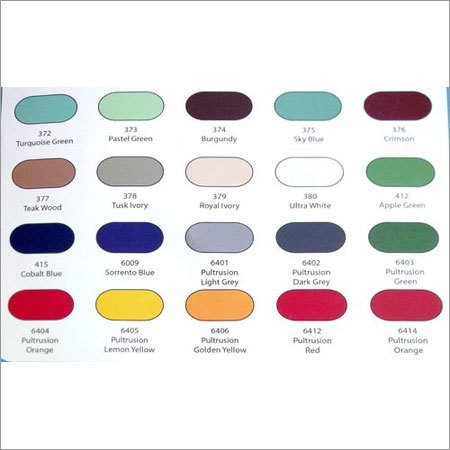

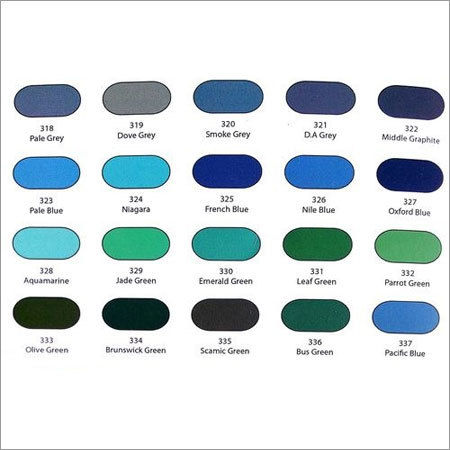
Colored Pigments
Product Details:
X
Product Description
Color pigments are substances that are used to impart color to materials. They are typically finely ground powders that are mixed with a binder, such as oil or water, to create paints, inks, or other coloring agents. Pigments can be derived from natural sources, such as minerals, plants, and animals, or they can be synthetic.
Pigments work by absorbing certain wavelengths of light and reflecting others, giving the material its perceived color. The color of a pigment depends on the chemical composition of the substance, as well as its particle size and distribution.
Some common examples of pigments include titanium dioxide (white), iron oxide (red, yellow, brown), ultramarine blue (blue), and carbon black (black). Pigments are used in a variety of applications, including art, cosmetics, textiles, plastics, and printing.
Color Pigment Features:
Color pigments have several features that make them useful for various applications:
1. Lightfastness: The ability of a pigment to resist fading or discoloration when exposed to light is an important feature, especially for materials that will be displayed outdoors or in brightly lit environments.
2. Transparency/Opacity: Some pigments are more transparent or opaque than others, which affects their ability to cover a surface or allow light to pass through them.
3. Chemical stability: Pigments should be chemically stable and resistant to degradation, which could affect their color or other properties.
4. Particle size and distribution: The size and distribution of pigment particles can affect their color intensity, texture, and the way they interact with binders.
5. Compatibility with binders: Pigments must be compatible with the binder used to create the coloring agent, such as oil, water, or resin.
6. Color strength: The concentration of pigment in a coloring agent affects its color strength or saturation, which determines how vibrant or subdued the color appears.
7. Toxicity: Some pigments may contain toxic substances that could be harmful to humans or the environment, so it is important to use them in a safe and responsible manner.
These features can vary depending on the type of pigment and its intended use. Manufacturers carefully choose pigments based on these properties to create high-quality and durable coloring agents.
Frequently Asked Questions:
1. What is the difference between a pigment and a dye?
Ans: Pigments are insoluble particles that are dispersed in a liquid or solid medium to create a coloring agent, while dyes are soluble substances that penetrate and bond with the material to be colored.
2. What are the primary colors of pigment?
Ans: The primary colors of pigment are red, yellow, and blue. These colors cannot be created by mixing other colors, but they can be combined to make secondary and tertiary colors.
3. How are pigments made?
Ans: Pigments can be made from natural sources, such as minerals, plants, and animals, or they can be synthesized from chemicals. The raw materials are ground, purified, and processed to create a fine powder that can be mixed with a binder to make a coloring agent.
4. What are some common applications of color pigments?
Ans: Color pigments are used in a wide range of applications, including painting, printing, textiles, cosmetics, plastics, and ceramics.
5. How do pigments affect the properties of the material they are mixed with?
Ans: Pigments can affect the opacity, texture, durability, and other properties of the material they are mixed with. For example, adding pigments to paint can increase its opacity and color intensity.
6. Are pigments safe to use?
Ans: Most pigments are safe to use when used as directed, but some may contain toxic substances that could be harmful if ingested or inhaled. It is important to follow safety guidelines when handling pigments and to use them in a well-ventilated area.
7. What is the difference between organic and inorganic pigments?
Ans: Organic pigments are made from carbon-based molecules and are often used in applications such as printing and plastics. Inorganic pigments are made from non-carbon-based molecules and are often used in applications such as ceramics and building materials.
Enter Buying Requirement Details
Other Products in 'Pigments' category
 |
AYPOLS POLYMERS PRIVATE LIMITED
All Rights Reserved.(Terms of Use) Developed and Managed by Infocom Network Private Limited. |

 Call Me Free
Call Me Free Send SMS
Send SMS


